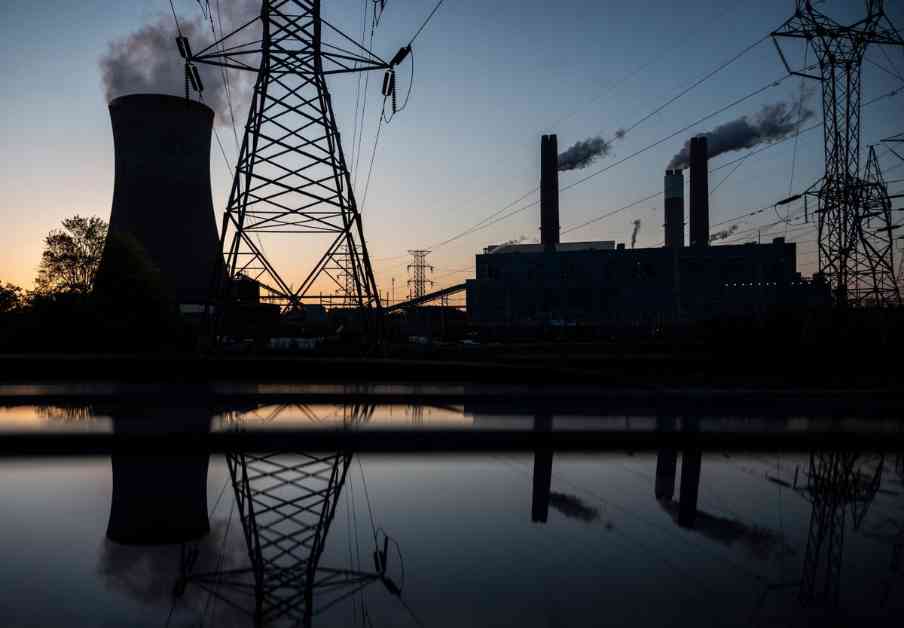The recent Supreme Court decisions have significant implications for efforts to curb pollution and address climate change. The court has weakened a law protecting federal regulations from lawsuits, giving companies more time to challenge rules. This change removes the statute of limitations on regulations issued by federal agencies, putting long-standing rules at risk. Additionally, the court overturned the Chevron doctrine, which has been a basis for regulations in various areas, including the environment and labor protections. These decisions could limit the authority of agencies like the Environmental Protection Agency in regulating air pollution, toxic substances, and climate policy.
Environmental advocates are concerned about the impact of these rulings, as they may lead to challenges against established policies and regulations. The court’s decisions could result in a flood of lawsuits targeting climate policies and environmental regulations. By eliminating the Chevron doctrine, the court has shifted power away from agencies towards the courts, potentially hindering the implementation of regulations related to climate change and environmental protection.
Furthermore, the court’s decision in Corner Post v. Board of Governors of the Federal Reserve System has eliminated the statute of limitations for challenging federal regulations, allowing any regulation to be challenged in court regardless of its age. This ruling, along with others, could lead to a surge in lawsuits against agencies and regulations, disrupting the functioning of the federal government.
The Supreme Court’s actions have raised concerns among environmental and climate activists, who fear that the court’s decisions will make it harder for government agencies to address the climate crisis. The court’s willingness to curtail government actions in environmental cases could have far-reaching consequences for efforts to reduce pollution and mitigate climate change. As the court continues to take up environmental cases and roll back regulations, it becomes increasingly challenging for agencies to take necessary steps to combat the climate crisis.
Overall, the recent Supreme Court decisions have significant implications for environmental regulations and climate policies. The shift in power towards the courts and the elimination of the statute of limitations for challenging regulations could hinder efforts to protect the environment and address climate change. Environmental advocates and activists are closely monitoring the impact of these decisions and are concerned about the future of environmental protection in the face of legal challenges and regulatory uncertainty.






